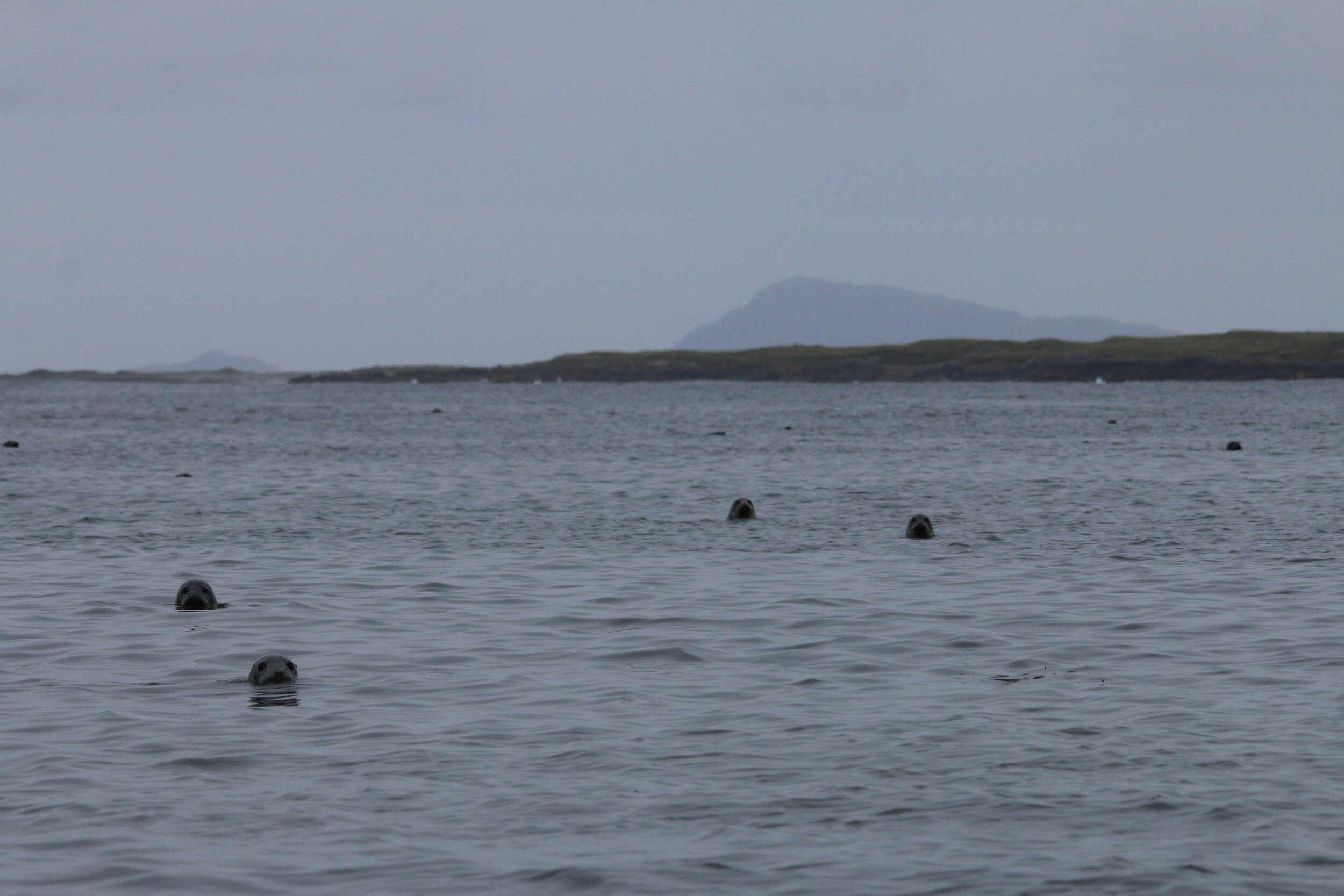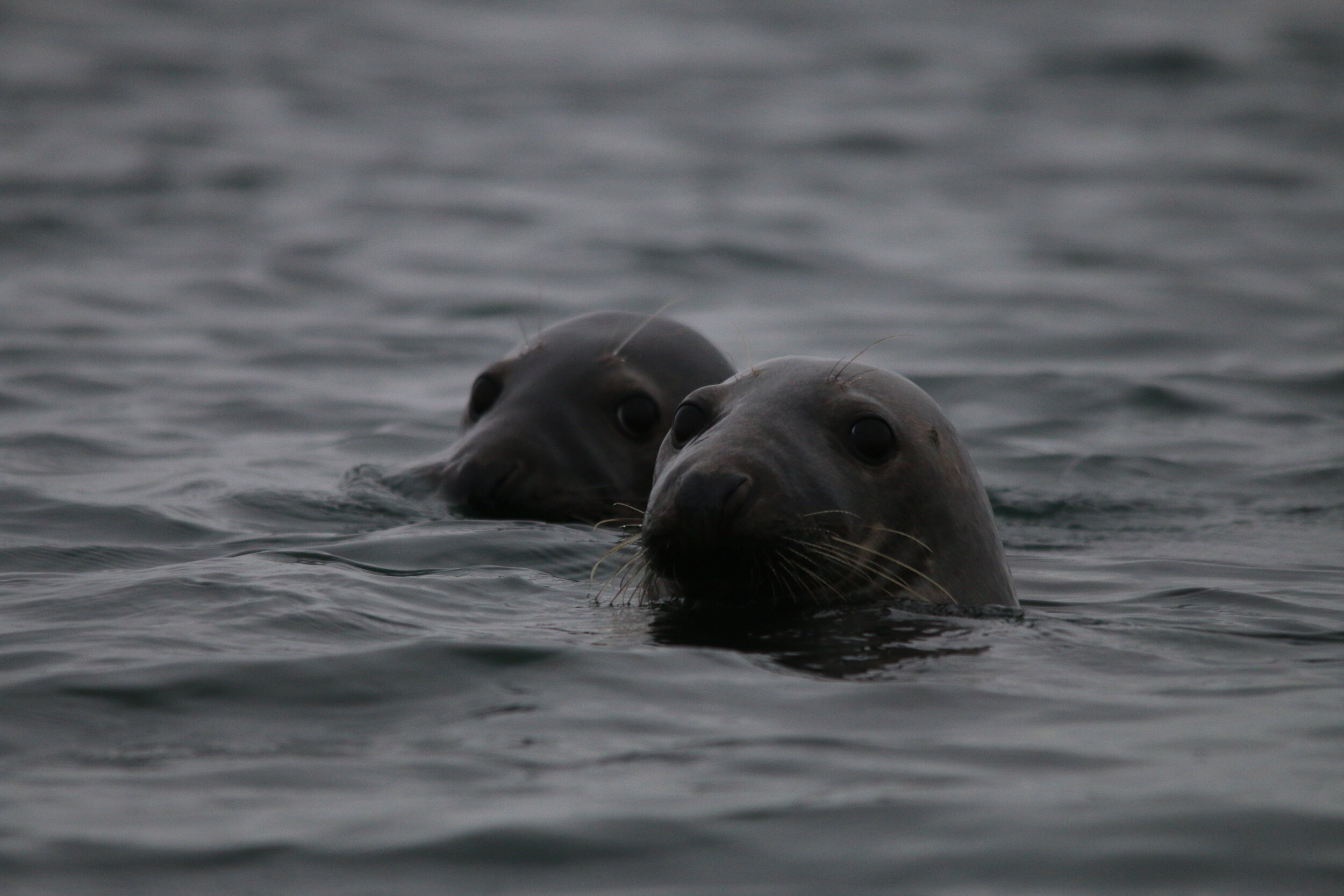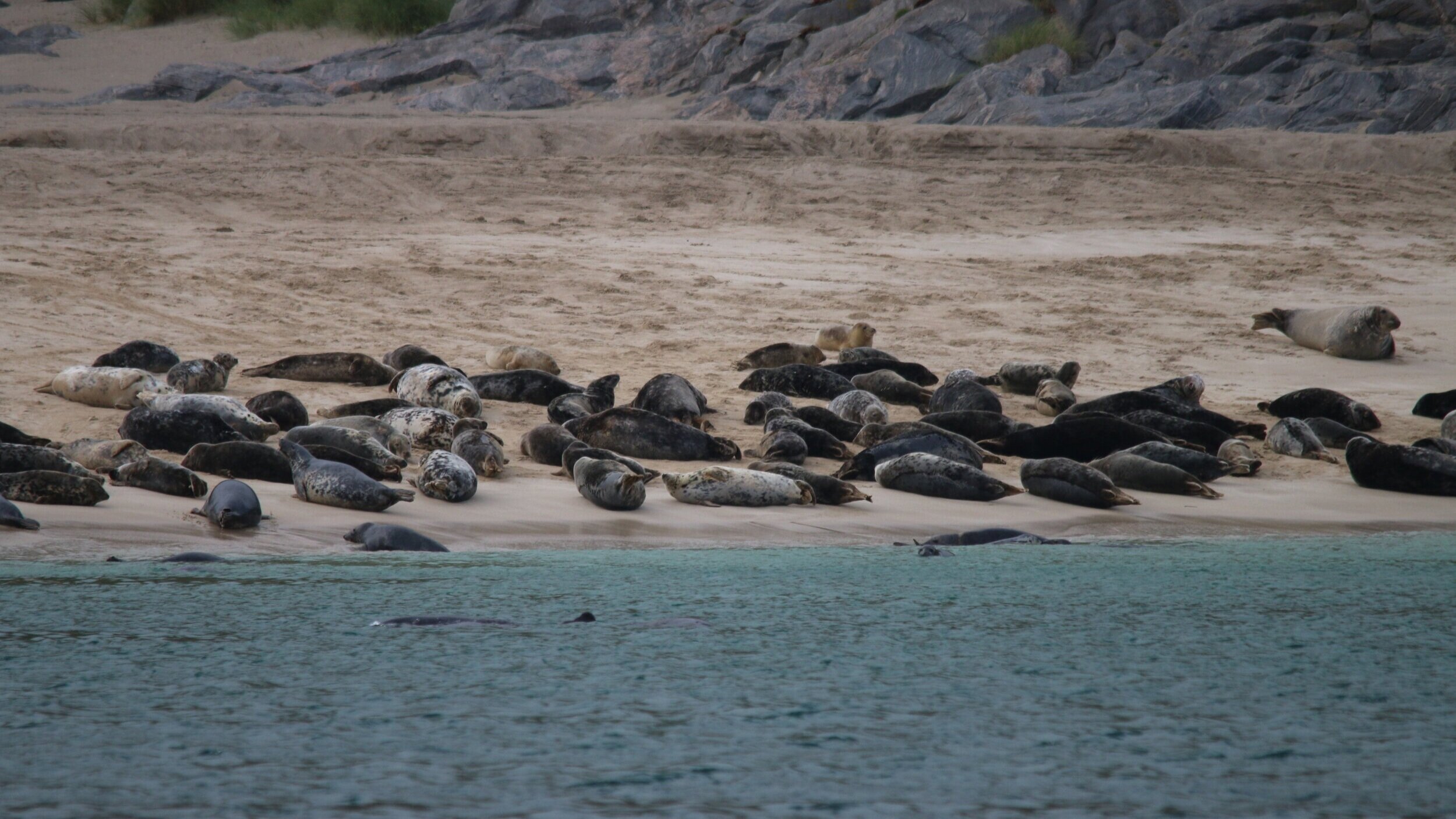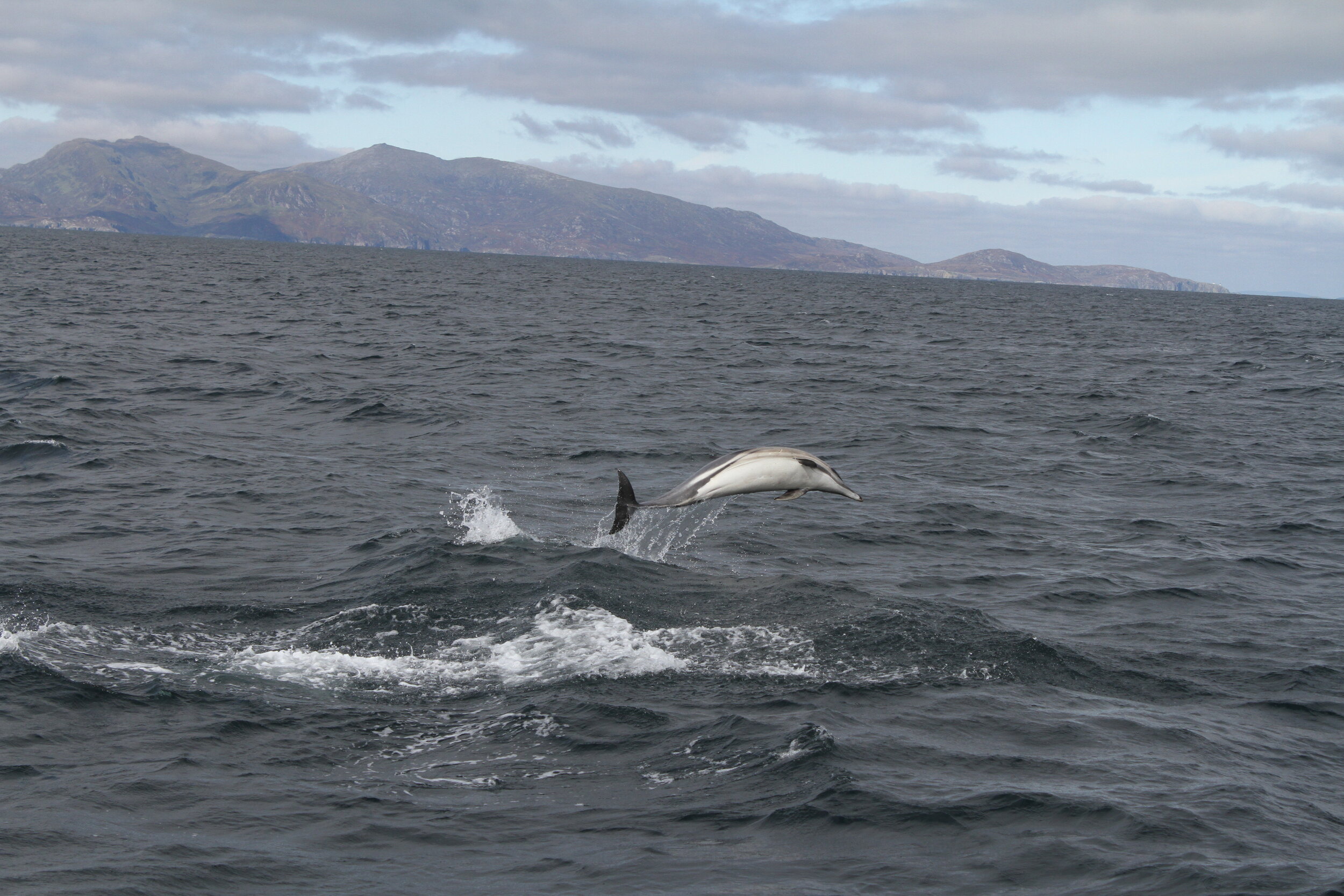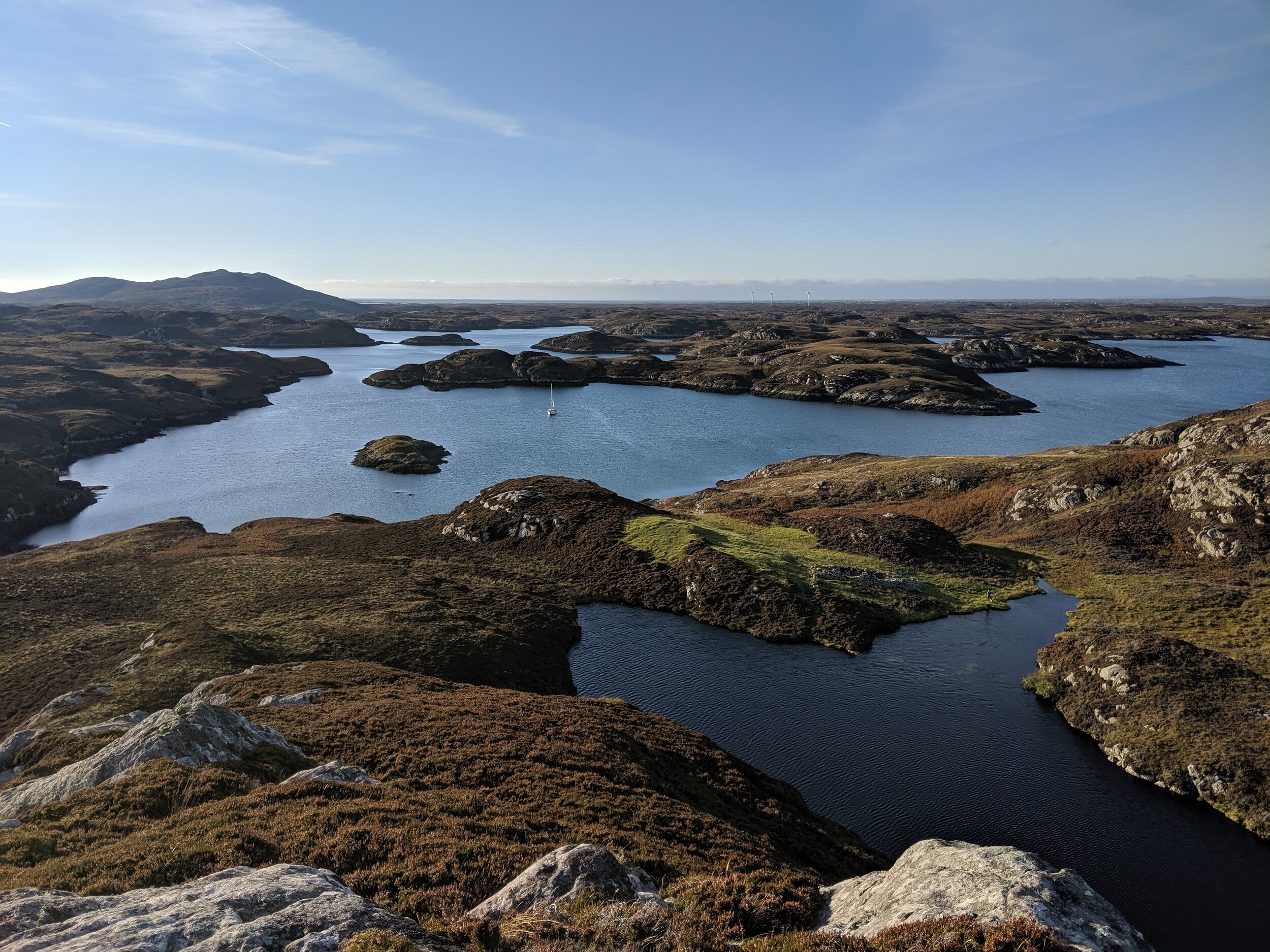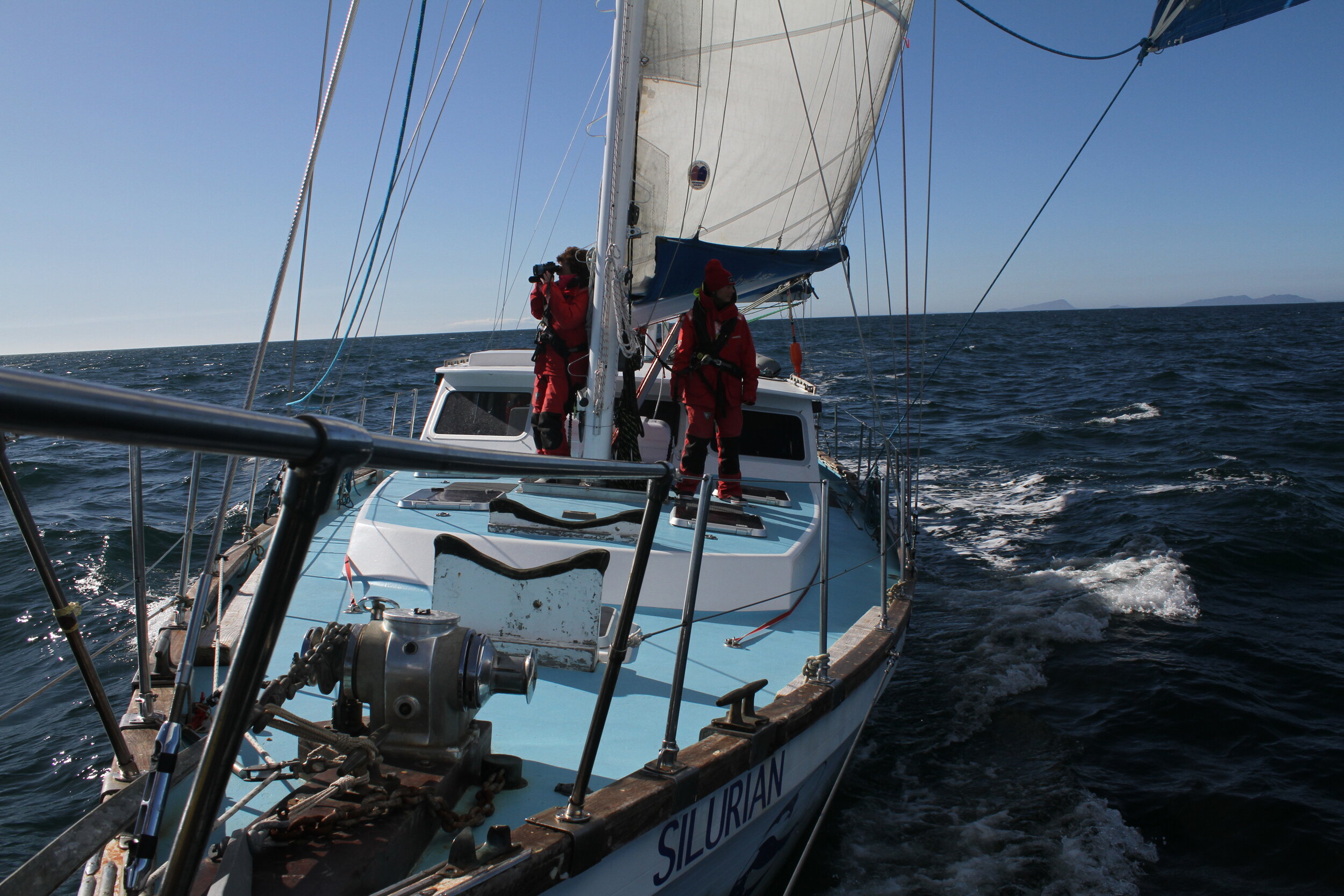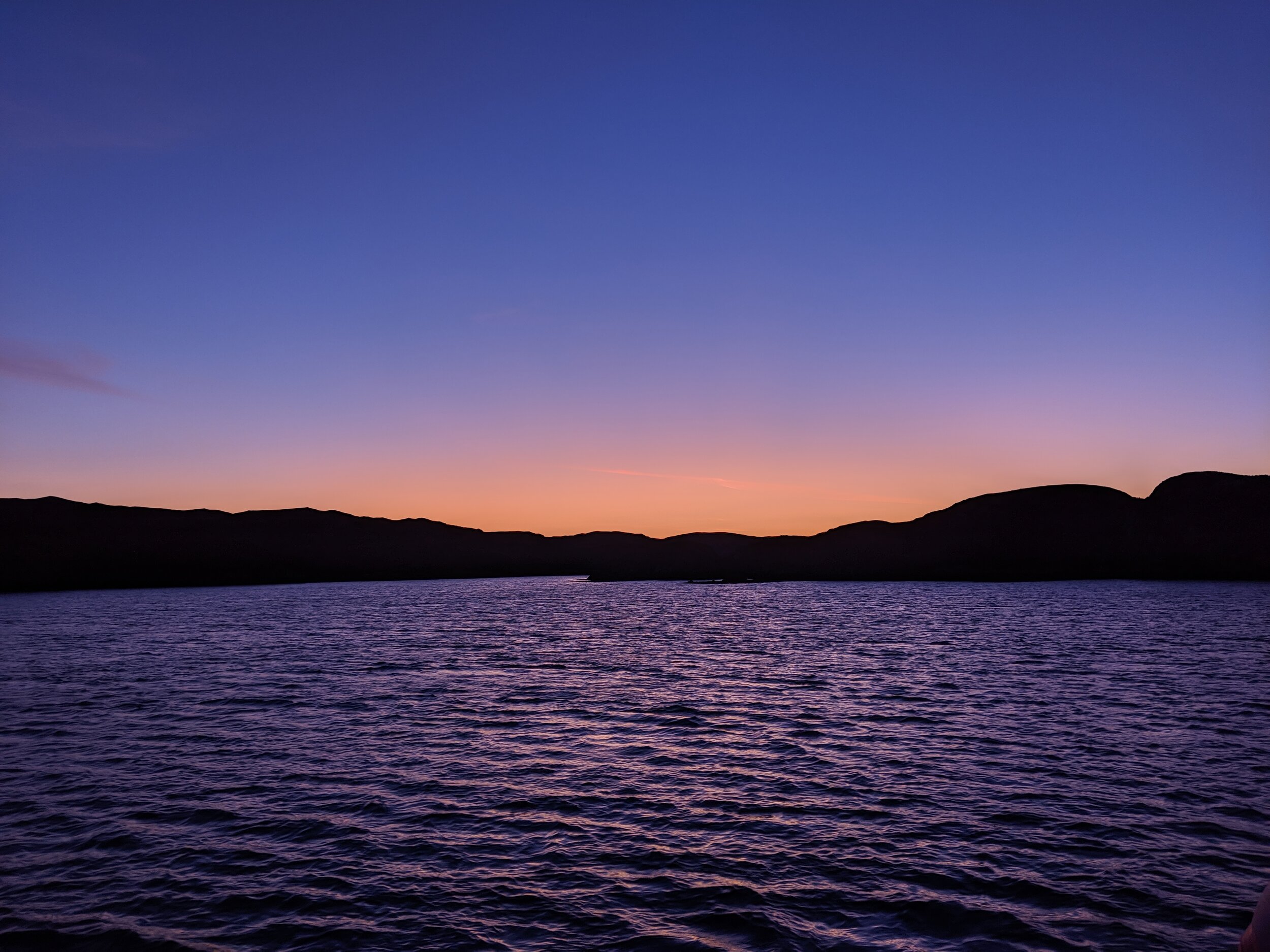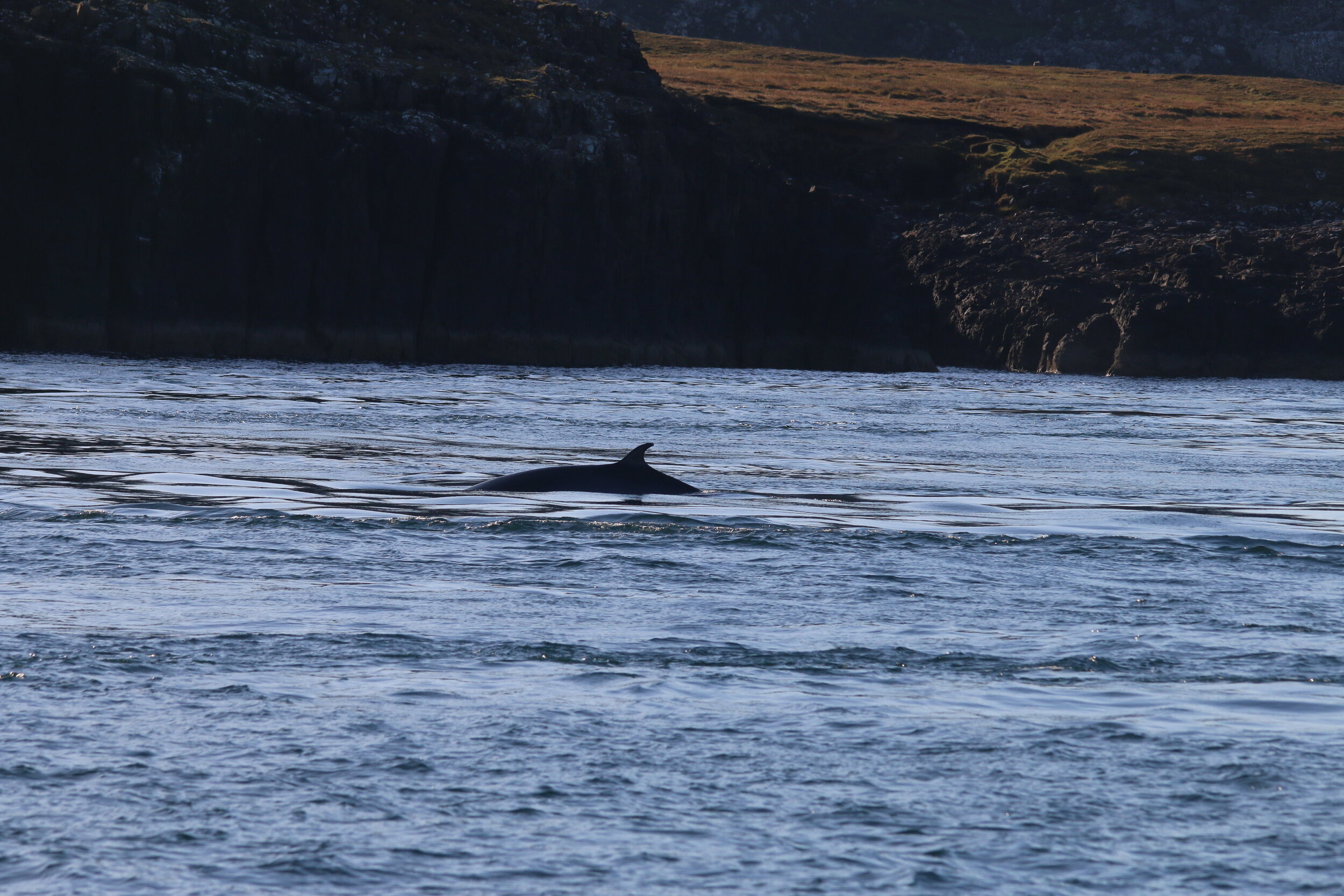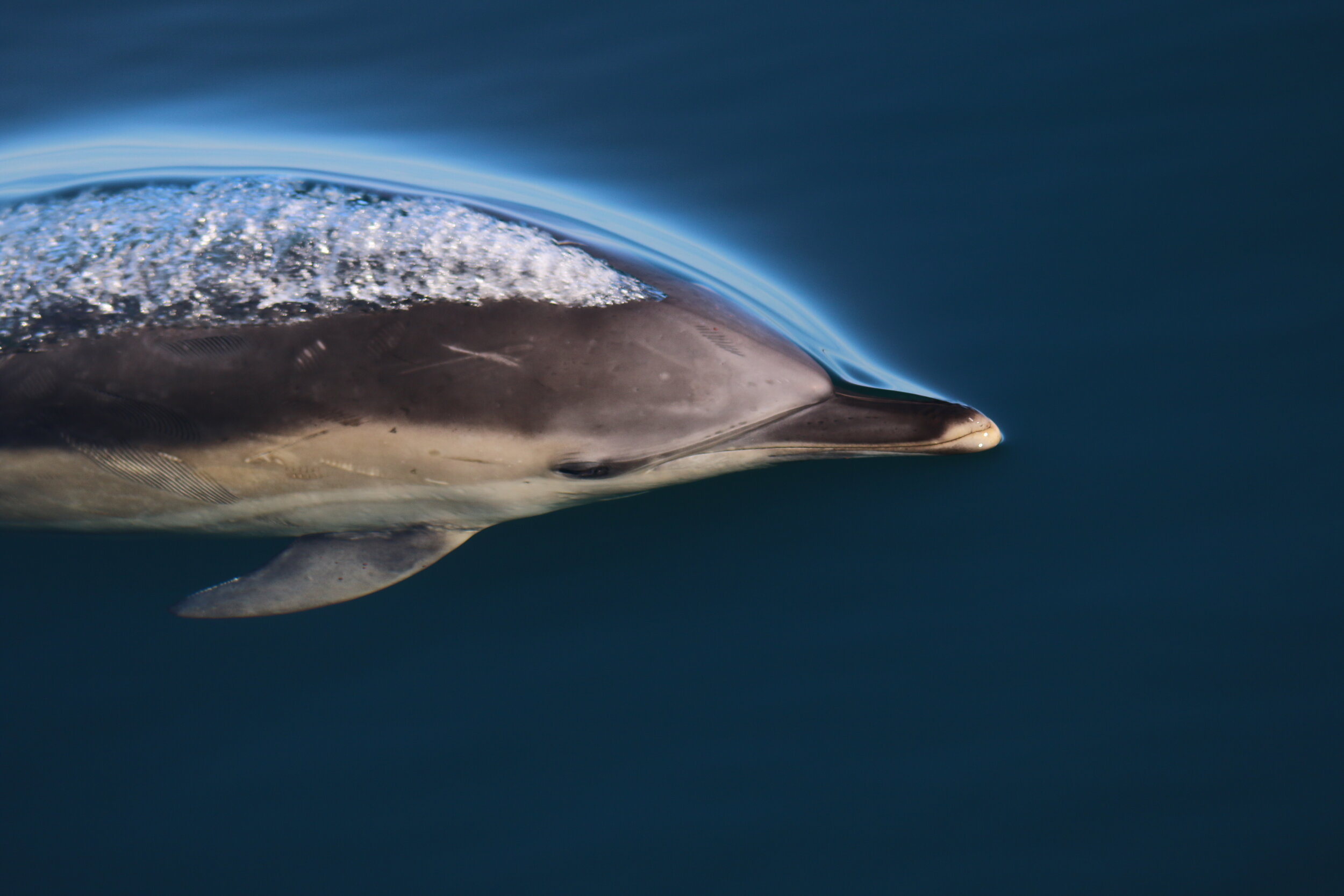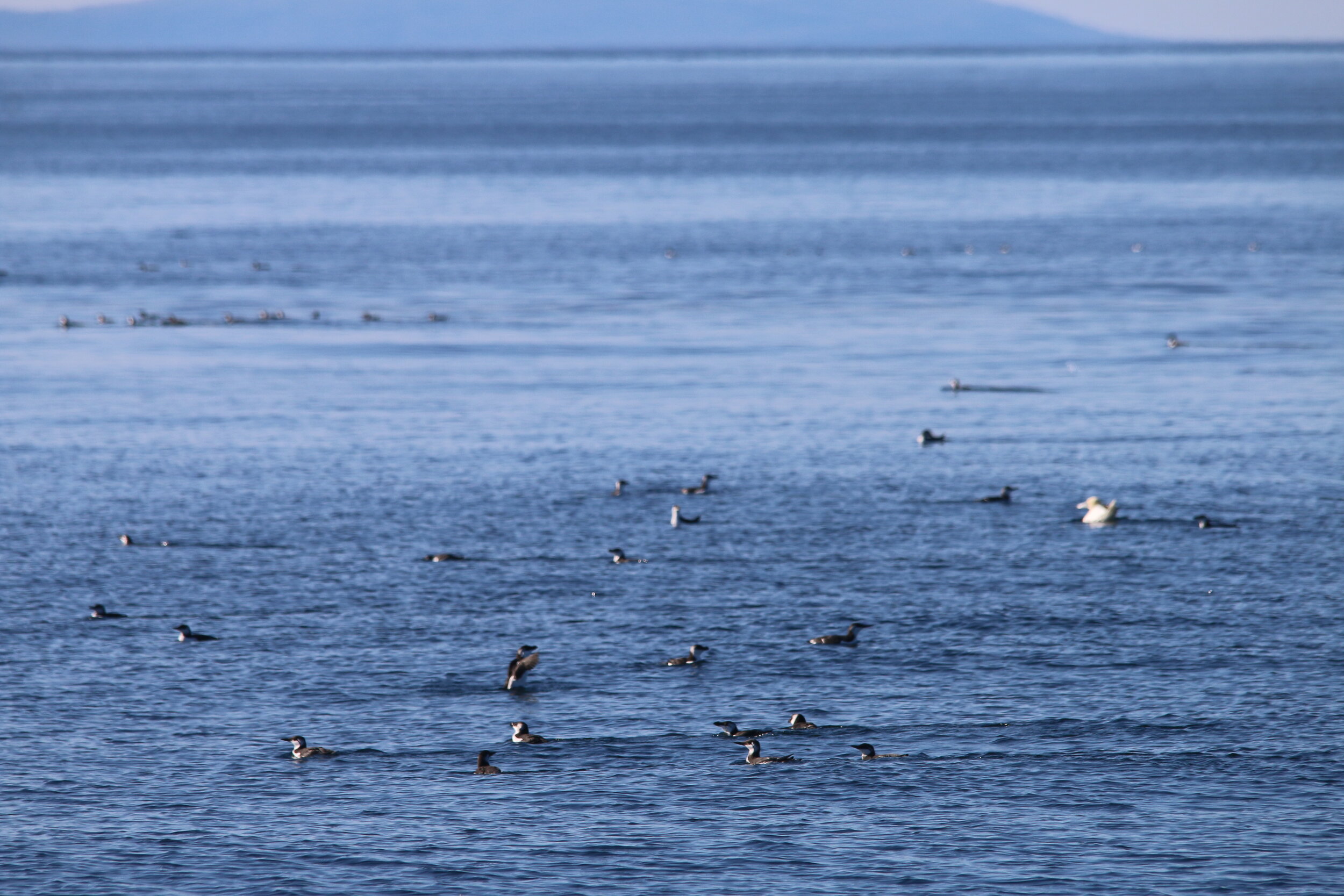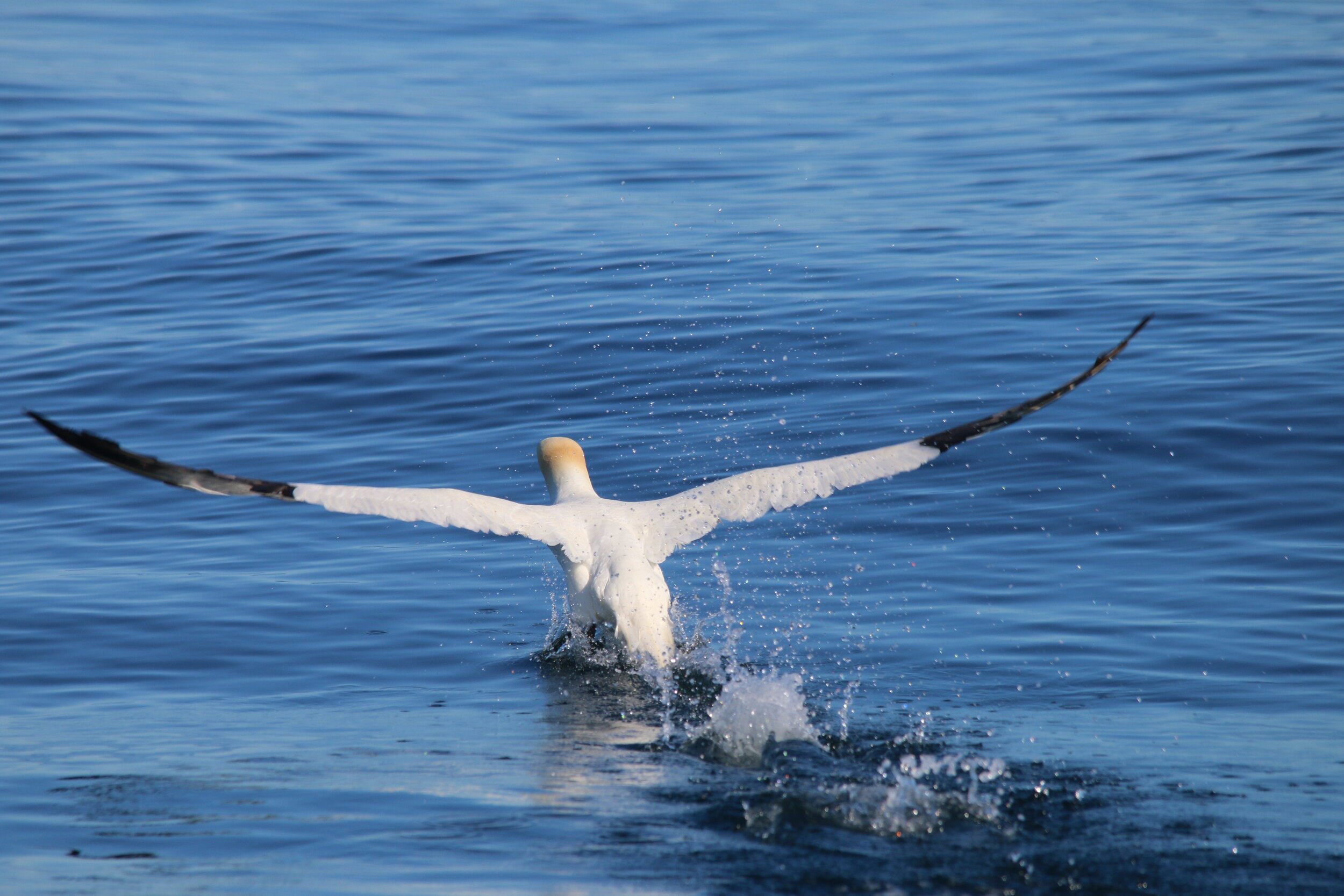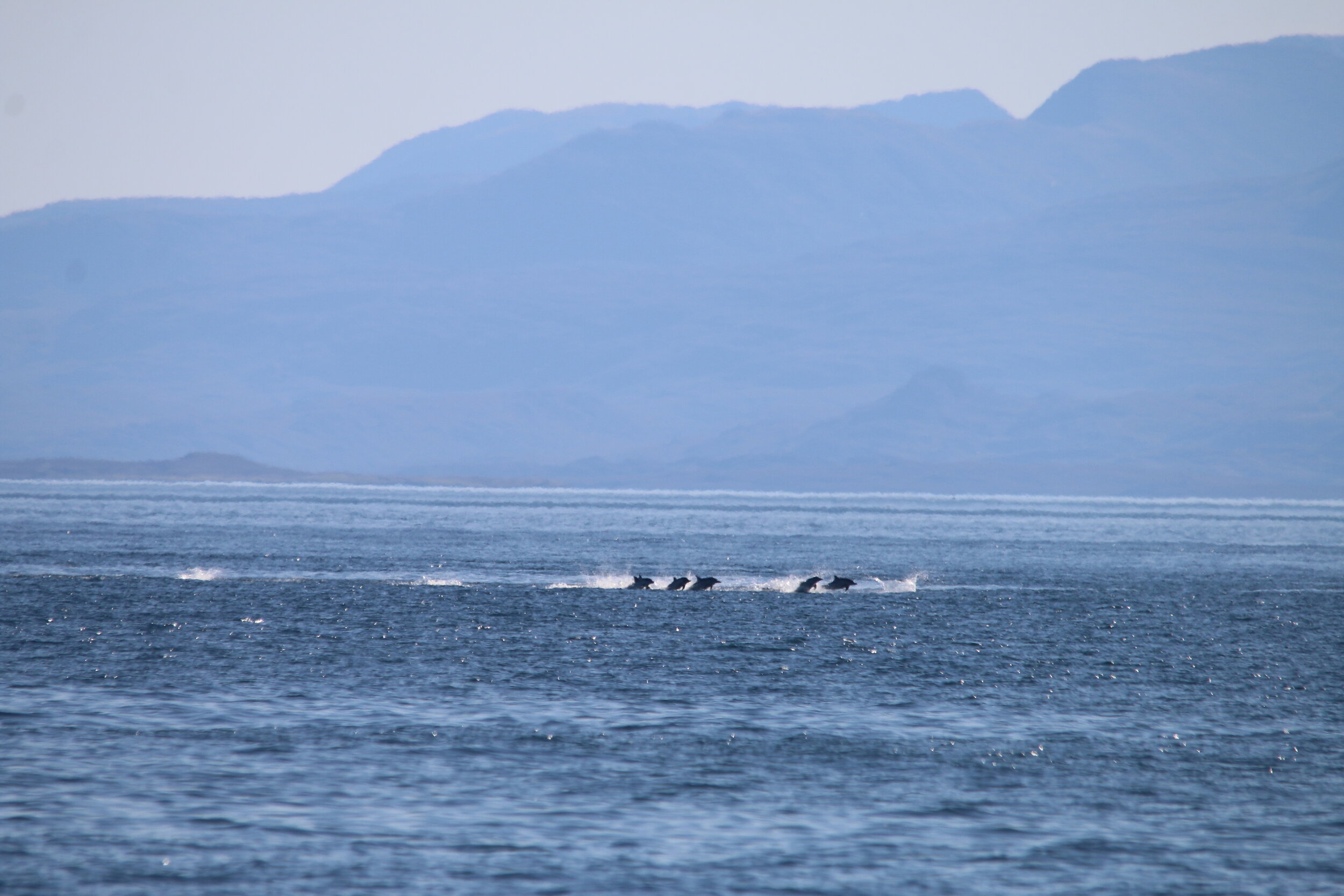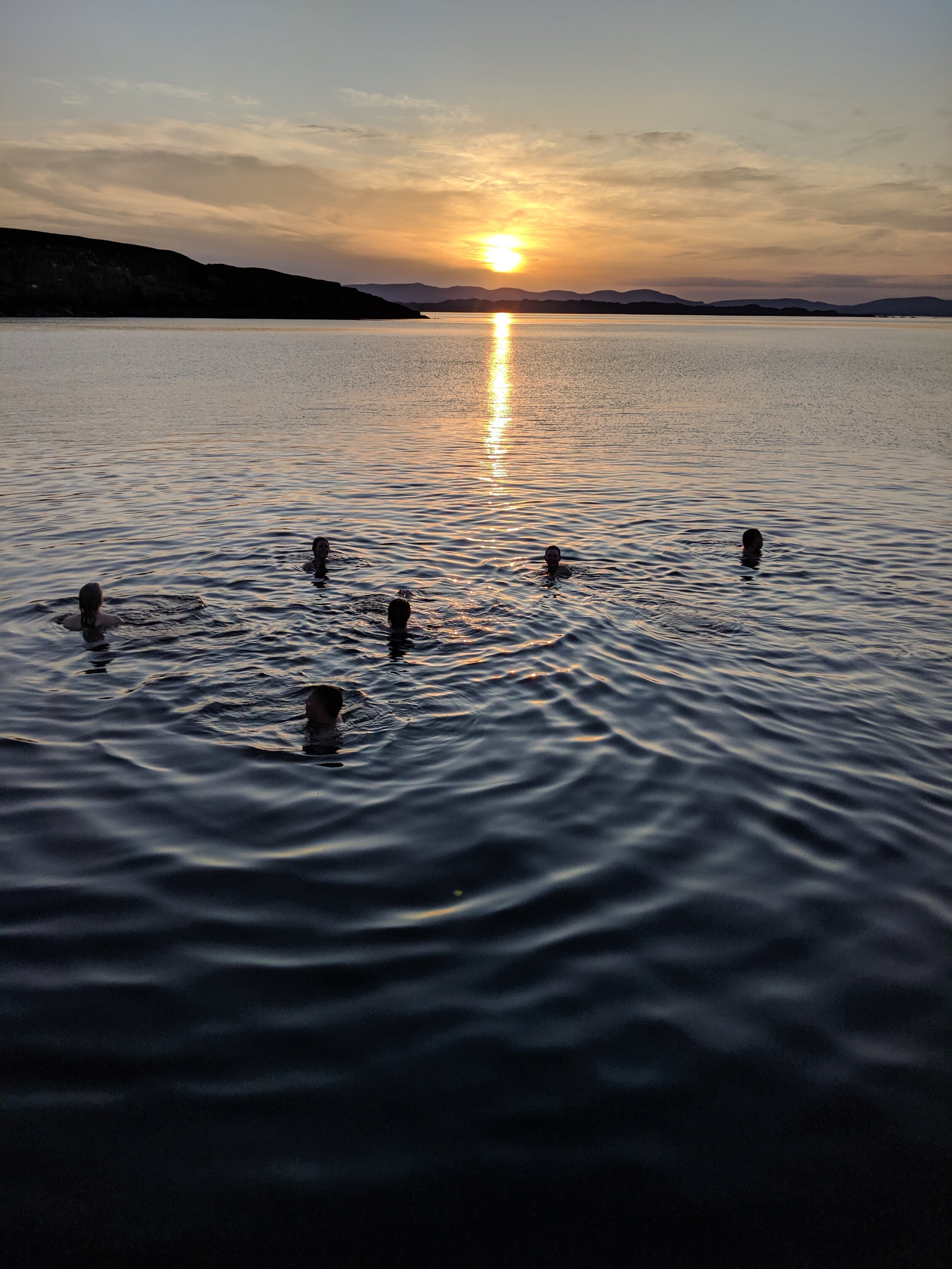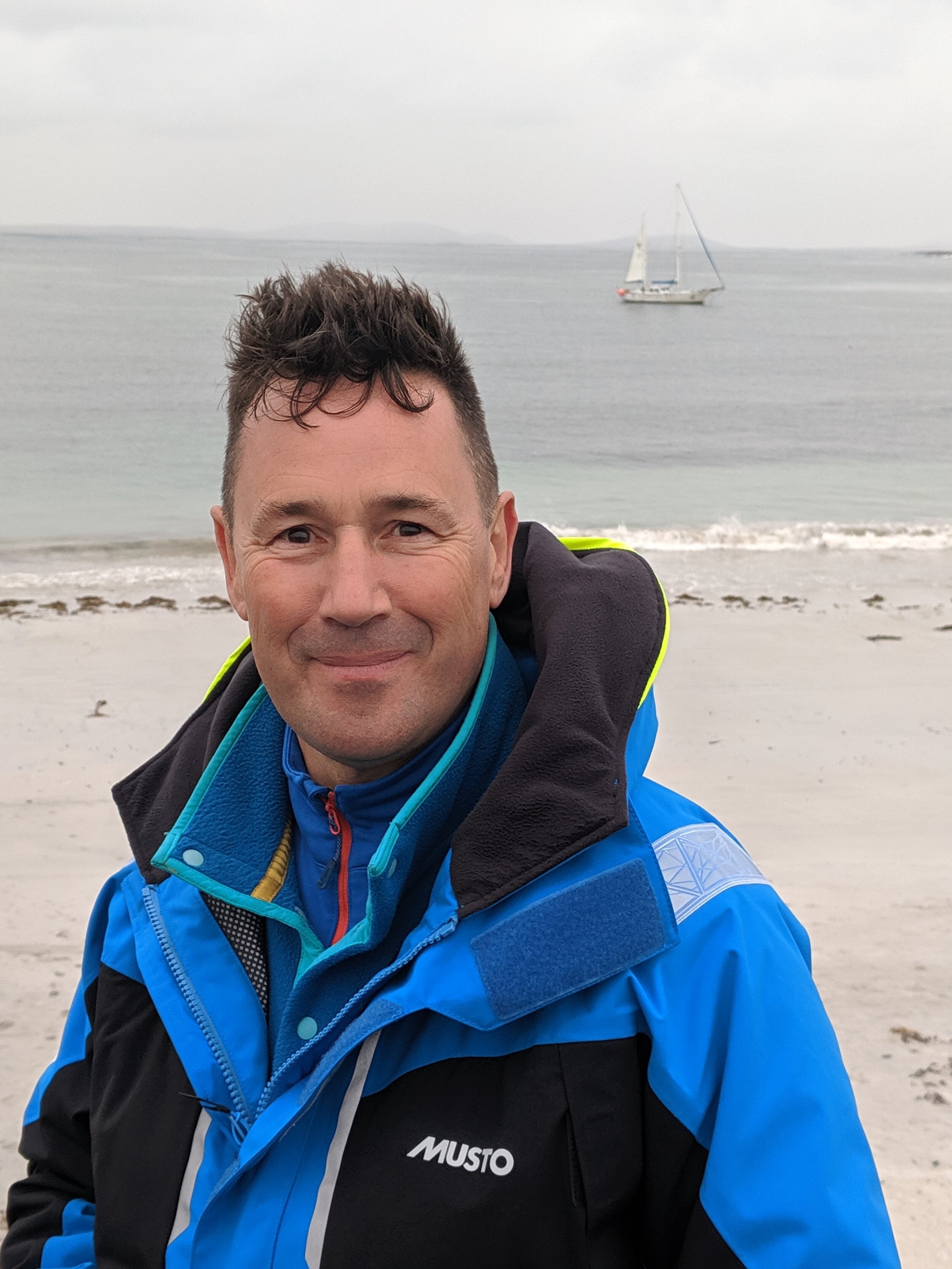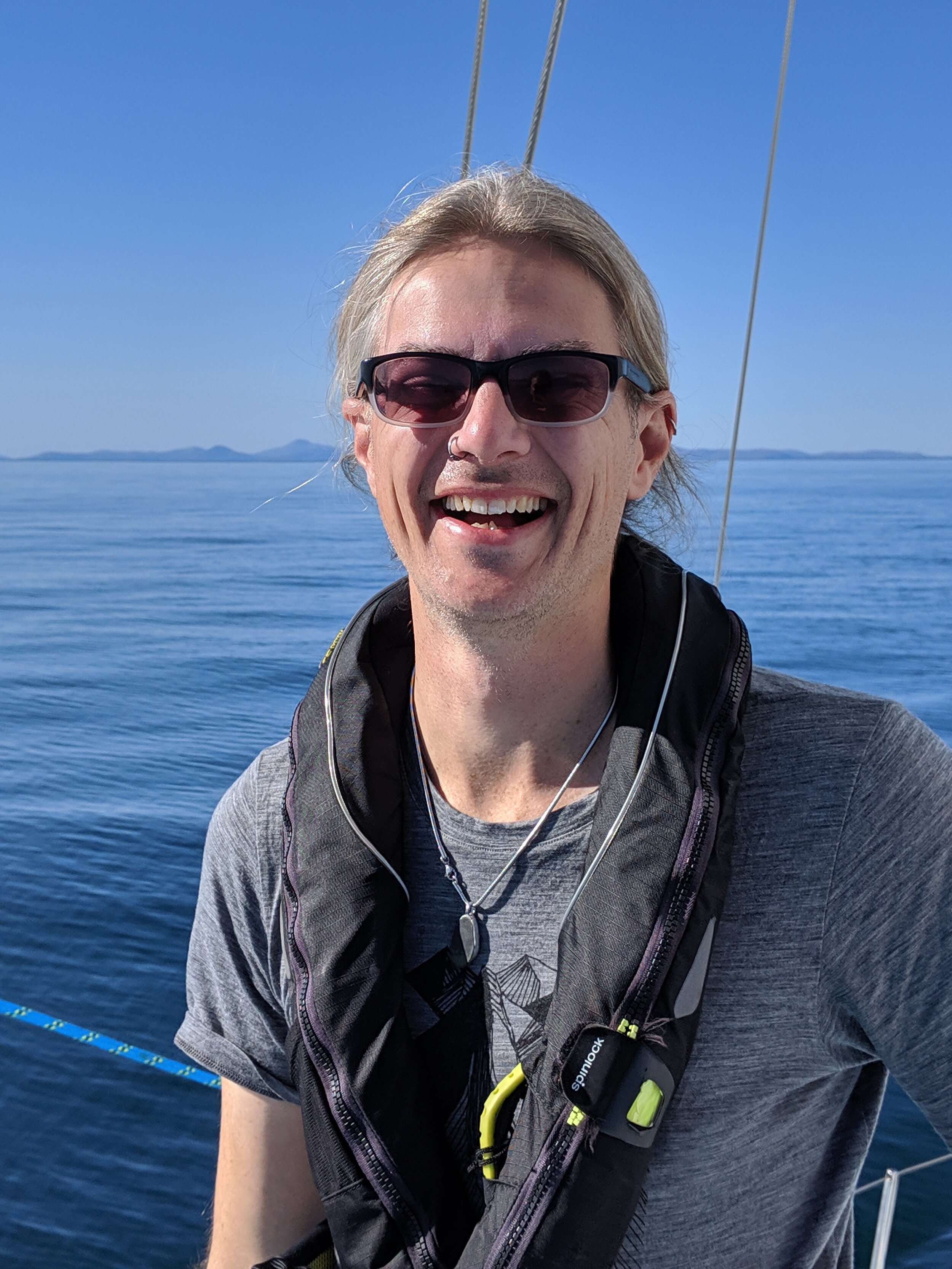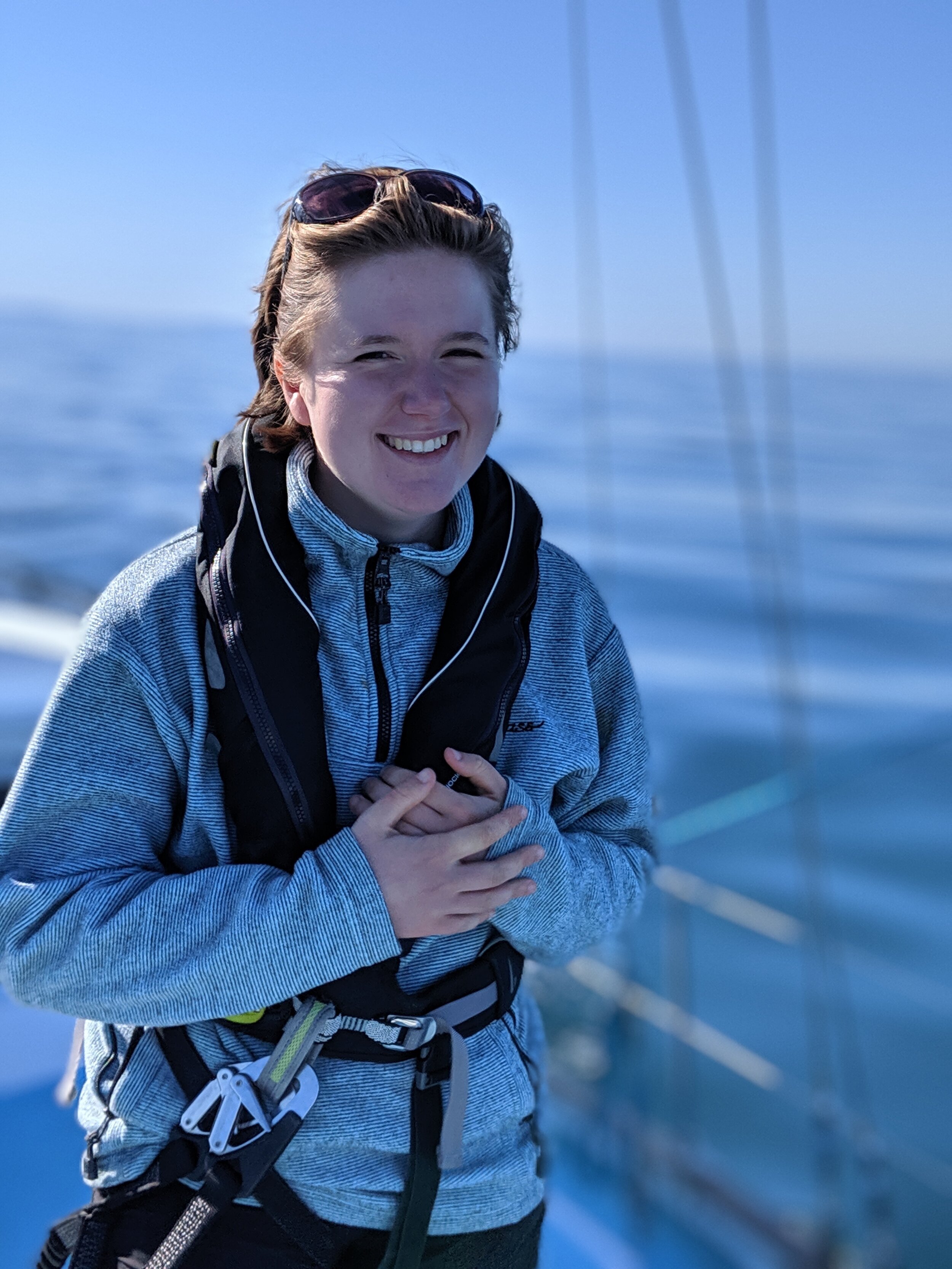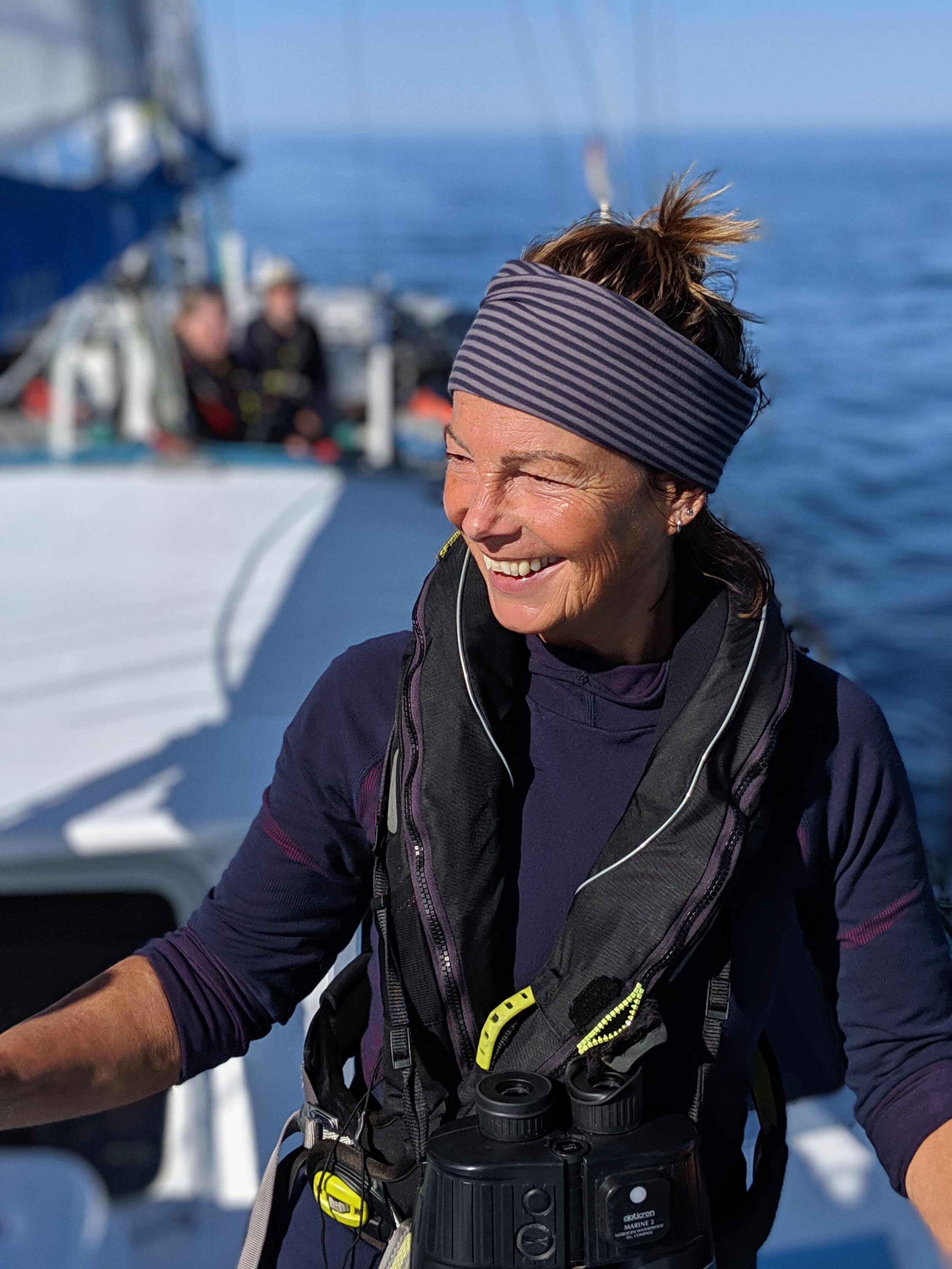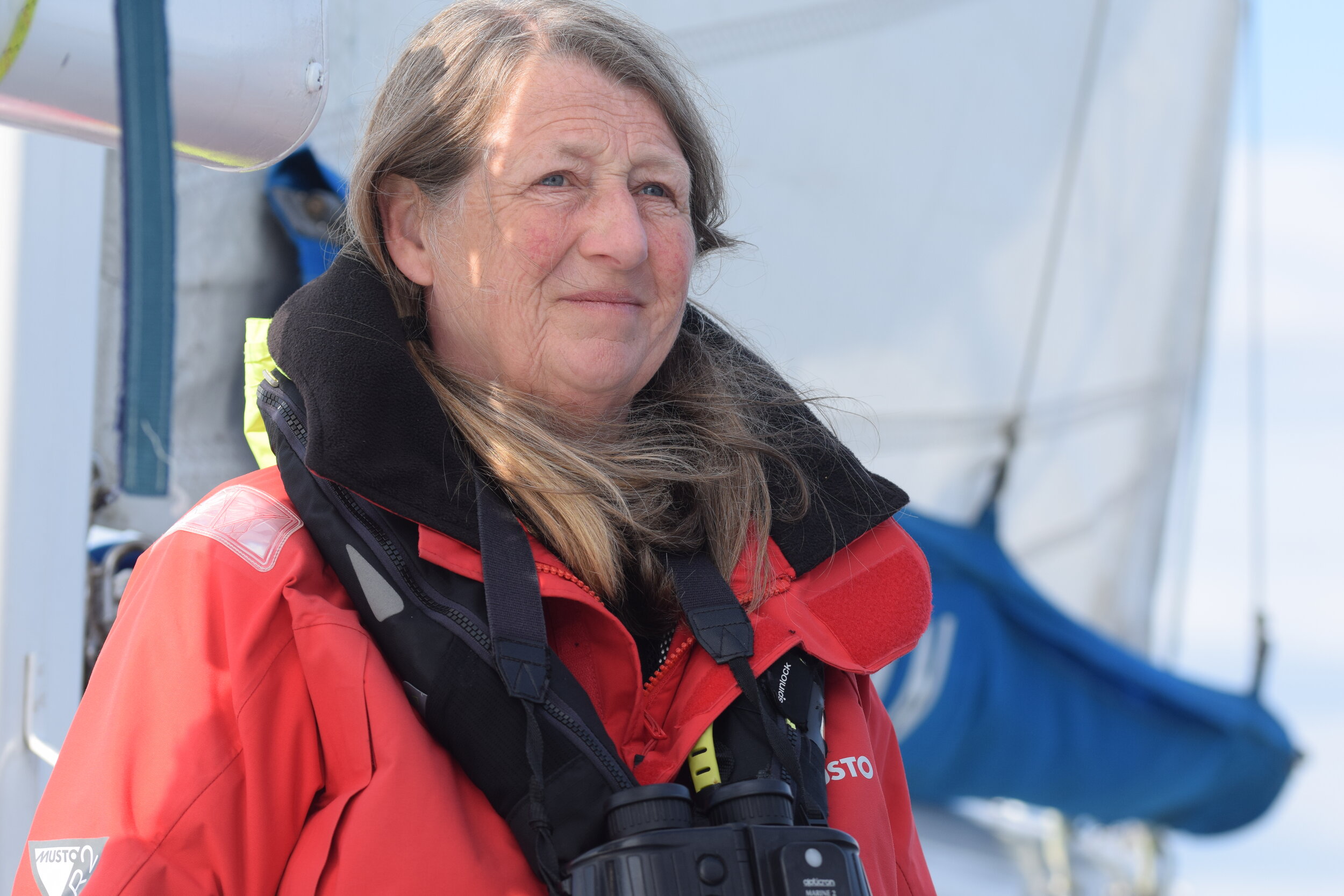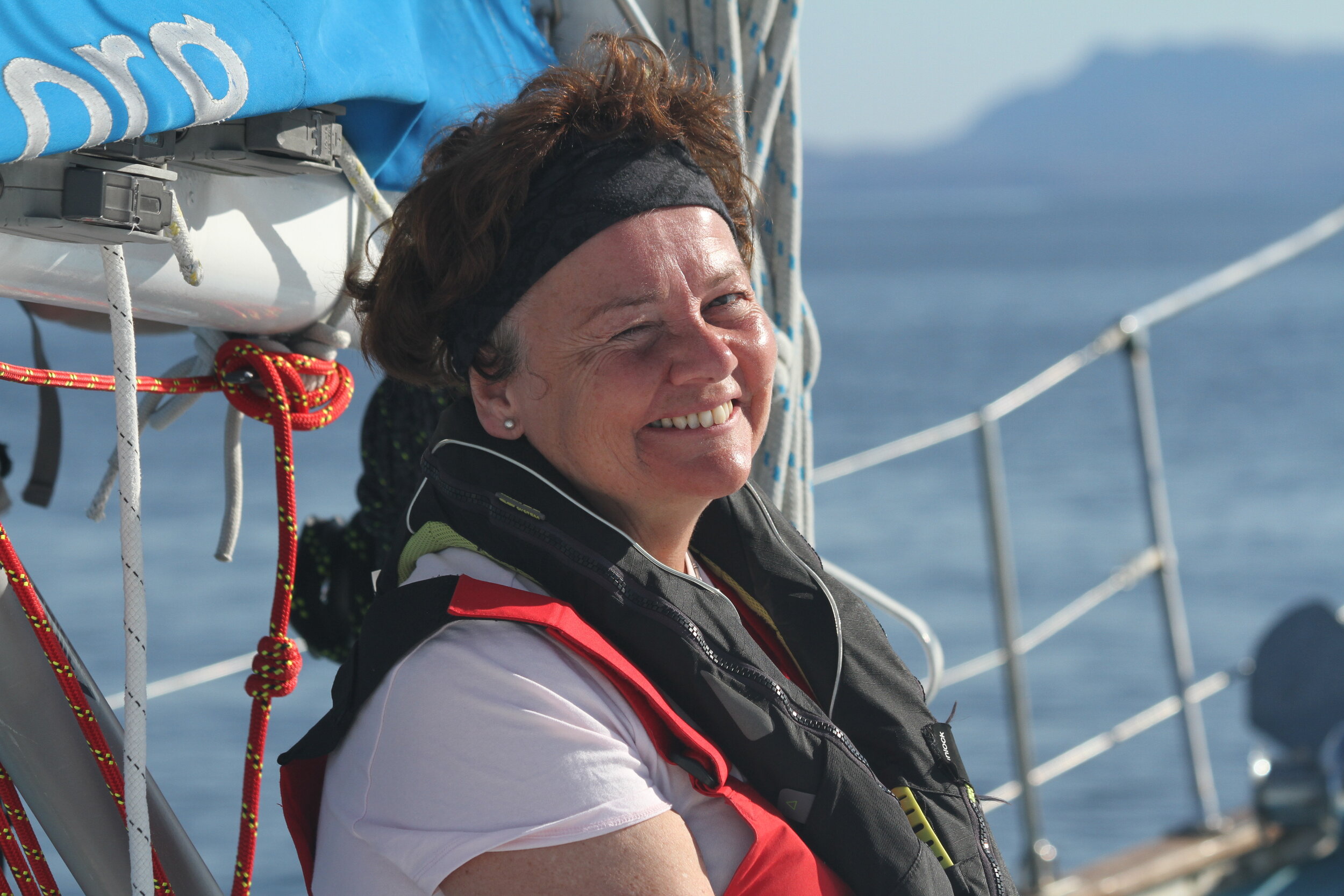A truly epic wildlife experience on our last Kyle of Lochalsh survey!
OUR EXPEDITION SURVEYS COLLECT DATA ON WHALES, DOLPHINS, PORPOISES AND BASKING SHARKS IN HEBRIDEAN SEAS. OUR BIODIVERSITY OFFICER, BECKY, SHARES THE HIGHLIGHTS OF THE LATEST SURVEY ON BOARD SILURIAN…
At the start of the survey whilst discussing our intended route Quentin, our skipper, said that he was going to try and make sure that this trip would an epic experience. ‘What exactly do you mean by epic?’, one of the new volunteers on board Lindy nervously murmured. We all laughed as Quentin told her he was referring to the overall experience and safety would of course be the top priority. Reassured, we set off after a morning of science training, involving spotting techniques, species ID and data recording.
With settled weather predicted, we headed north with sightings of porpoise early on, and our first dolphin sightings of the trip coming into our anchorage. The next day we had an early start, as we knew we had a long day ahead of us, but boy was it worth it! Not only did we spot two groups of Risso’s dolphins, with some individuals breaching right out of the water, we also anchored in one of the most magical islands in the Hebrides. The Monach Isles, located to the west of North Uist, is home to one of the largest grey seal colonies in the world, with 10,000 grey seals using these islands each year to have their pups and mate. Anchoring there was an incredible experience and we spent a magical evening surrounded by hundreds of bobbing seals!
Fog descending the next morning as we sailed south, aiming for the southern tip of the Outer Hebrides. With a 1 -2 metre swell everyone on board did an amazing job, even when some of the group weren’t feeling 100%. With the visibility low due the fog and the islands obscured, it felt like real adventure! As the afternoon progressed the fog cleared, and we were greeted with spectacular views of Barra Head, as hundreds of Fulmars soared around the boat. We anchored that night at Mingulay, which turned out to be an equally special spot, with more grey seals hauled out on the white sandy beach surrounded by turquoise waters. We could hear them all night as they barked, honked, grunted and moaned!
Grey seals on Mingulay
Sightings came in thick and fast the next day as we counted seal after seal bobbing in the water, as well as the rolling backs of harbour porpoise. A splash was then seen in the distance as a pod of white-beaked dolphins breached repeatedly. Several more pods of white-beaked dolphins were encountered before lunch. Perhaps the biggest surprise of the morning though was a sighting of a school of tuna! Initially, at a distance the splashes were confused as dolphins, but it was clear by the shape of the fins and the behaviour that we were encountering something different. Sure enough our thoughts were confirmed, as a tuna launched out of the water, which must have been between 2-3 metres! Two pods of common dolphins were spotted in the afternoon, with one group staying to bow ride, performing acrobatics right next to the boat. That evening we had a beautiful walk ashore at the wizard’s pool and an amazing sunset swim!
The next day we left our anchorage and sailed north. Although we didn’t have as many sightings as the previous day, we still had an amazing day, surveying under sail bathed in sunshine! We anchored that evening on the north tip of Skye and were treated to another spectacular sunset!
Who knew that the best was still to come! We set off the next day in spectacular condition. Just five minutes into surveying a minke whale was spotted feeding in the tidal currents. We then encountered two large pods of common dolphins, with some individuals coming into bow ride. With such calm conditions you could see every detail of the dolphins patterning as they glided through the water, riding on the pressure wave created by the boat. However, the real excitement started as flocks of feeding birds were seen in the distance. Feeding birds can be a great indicator that other marine life is present and sure enough a minke whale was soon spotted on our port side. Another minke whale was then sighted to our starboard, with more seen ahead and behind! We soon realised that we were surrounded by at least eight minke whales, some of which began lunge feeding near the vessel! Throughout the afternoon we continued to spot pod after pod of common dolphins, as well as harbour porpoise and seals. That evening we celebrated with another sunset swim, this time with everyone on board going for a dip. WHAT A DAY!
We woke up the next day still reeling from the day before and a little sad that this was the last day of surveying. If we thought that we were going to have a relaxed sail back to Kyle of Lochalsh, we were wrong. Sighting after sighting of harbour porpoise and seals kept us busy all morning, before the unmistakable stench of minke whale breath engulfed us all as it surfaced behind us. It was a truly magical end to an amazing survey, with fantastic sights, incredible sounds and not so nice but very special smells. What did Quentin mean by epic? Well, now we all knew!
In total we covered 303.3 nautical miles, acquiring over 39 hours of acoustic recordings and spending over 42 hours on effort looking out for cetaceans.
During the survey, we encountered seven species of marine mammals including: harbour porpoise, common dolphins, Risso’s dolphins, white-beaked dolphins, minke whales, and grey and common seals. We also recorded over 850 Guillemots, 525 gannets and 325 fulmars!
Tracklines showing where Silurian travelled on HWDT12 between 15th - 23rd September
Massive thanks to the citizen scientist team who joined us on board: Bruce, David, Jan, Lindy, Mary and Mia! It was a pleasure to sail with you all. We couldn't collect the vital data without the citizen scientists that survey our waters! Thank you for all your hard work!



